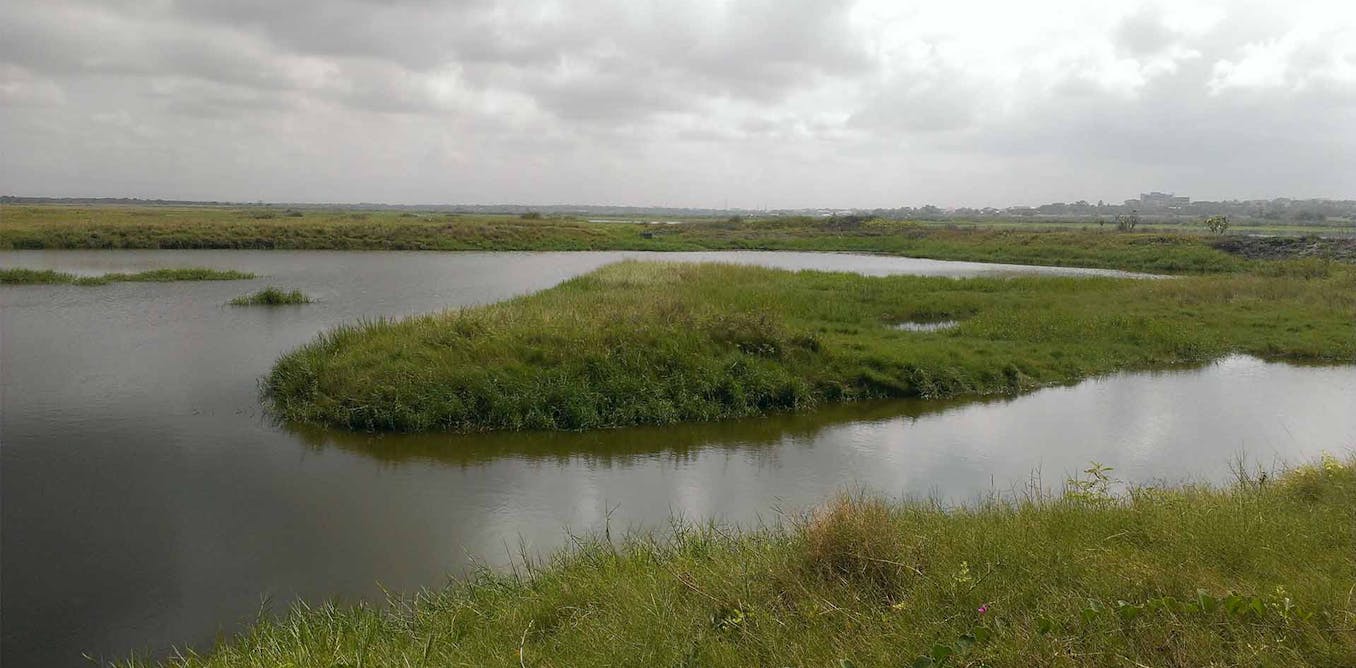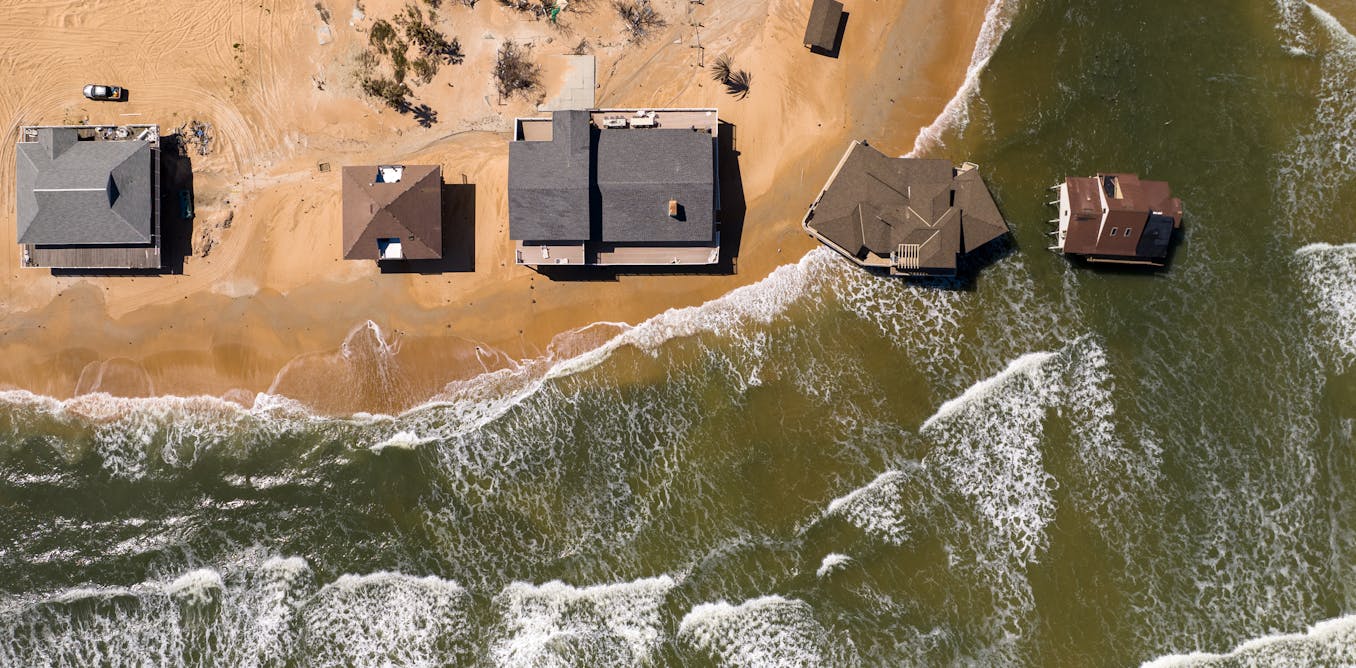In the turbulent forging of the early Earth, density was destiny. Heat from asteroid impacts and radioactive decay turned a mass of primordial rubble, held together by gravity, into a seething, molten orb. In this feverish state, the matter that makes up the Earth separated into distinct layers; the densest materials sank, forming an iron-nickel core, while lighter silicate matter rose to form the rocky mantle.
Geologists have long assumed that these layers were permanent—and that no physical matter could cross the ancient boundary between Earth’s core and mantle. A new paper published in Nature challenges this view, providing evidence that the core may leak gasses stored there since the formation of the planet “up” into the mantle—and that these gasses can find their way, via volcanic rocks, to Earth’s surface.
Although it begins just 20 miles beneath our feet and constitutes more than 80 percent of the planet’s volume, Earth’s mantle is a wild and uncharted place. Our deepest drill holes have never reached the mantle, and inferences about its makeup and roiling motions come from indirect sources, like earthquake-generated seismic waves that rumble through it, revealing it to be solid, though languidly flowing, rock. Other clues come from the chemistry of basaltic lavas, high temperature magmas which, when they erupt, have a viscosity close to that of ketchup. These lavas are generated by the partial melting of the mantle, and erupt through vents and volcanoes where the Earth’s crust—its uppermost layer—is thin, mainly in the ocean.
In the 1960s, soon after the emergence of the theory of plate tectonics—which explains global patterns of volcanic and seismic activity—geologists noticed subtle differences in the chemistry of basaltic lavas released from sites like Iceland, known as mid-ocean ridge basalts or MORBS, versus those from places like Hawaii, called hotspots. MORBS lie along underwater volcanic ridges, while hotspots are areas of the Earth’s mantle from which isolated columns of hot magma rise, forming volcanoes on the overlying crust.
In particular, the chemistry of Iceland-type MORBs suggests that these lavas originate in a shallow mantle source. In contrast, the chemistry of Hawaiian-type hotspot basalts suggests they come from a deeper mantle source. Although the mantle churns itself through convection—the density-driven process whereby cold rock sinks and hot rock rises—many geoscientists believe that the upper and lower mantle churn separately, intermingling only via the hotspot plumes, or columns of magma, that rise from depth. In this view, pockets of “original” material—unchanged by melting, or other geological processes such as subduction, which recycle parts of the Earth’s crust—could persist in the deeper parts of Earth’s mantle, even after 4.5 billion years.
This idea of an upper mantle chemically distinct from the lower mantle has generally been supported by studies of noble gasses—like helium and neon—trapped in tiny amounts within mineral crystals in basalts. In particular, scientists have looked at concentrations of two helium isotopes, 4He and 3He. Whereas 4He is more abundant in both rocks and the atmosphere, the much rarer 3He is generally understood to be gas from the beginning of the world. In previous studies, researchers have found that upper crust MORB basalts typically have more 4He and primordial hot-spot basalts have more 3He.
The new study, however, rewrites this tidy view of the mantle and its helium budget. The researchers found that basalts from Baffin Island, in Canada’s Arctic Archipelago, though related to a hotspot, have MORB-like chemistry, and yet have higher 3He/4He ratios than any previously measured—higher, in fact, than any plausible primordial mantle values. While the researchers acknowledge that there may be more than one way to explain this unexpected combination, the simplest scenario is that MORB-type ocean crust sank to the base of Earth’s mantle, where it was infused with primordial 3He seeping out of the core. Some of this hybrid material then made the long ascent up to Baffin Island.
This is a radical new view of Earth’s mantle and core as open rather than closed, where rocks from the crust may sink through the mantle and mingle with matter from the core—and then return to the surface with news of their journey to the center of the Earth.
This article Earth’s core has a gas leak is featured on Big Think.

The post “Earth’s core has a gas leak” by Marcia Bjornerud was published on 12/12/2023 by bigthink.com



































